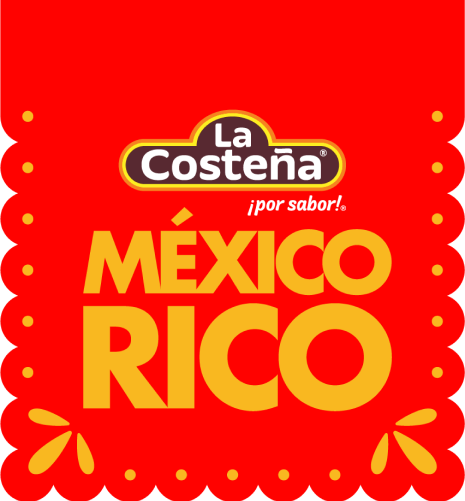Directions
| Step 1 | Plae the flank or skirt steak on a small to medium baking dish. Cover with the marinade or juices from one can of La Costeña chiles toreados, leaving the chiles and onions aside. Cover and refrigerate for at least 1 hour and up to overnight, turning the meat once. |
| Step 2 | In another plate, palace the spring onions or scallions and cover with the marinade or juices from one can of La Costeña chiles toreados. You can also marinade the same amount of time as the meat. |
| Step 3 | When ready to make the pizza, remove the steak from the marinade. Place in an oven-proof dish and broil for 4 to 5 minutes per side. Alternatively, you can grill it for the same amount of time over medium-high heat. You want to cook the meat no more than medium at this point, as it will still cook a bit more over the pizza. Set aside to rest for 5 to 10 minutes, covered, then slice and cut into 1 to 2-inch pieces, across the grain. |
| Step 4 | Preheat the oven to 425 degrees. Place pizza crust on a baking sheet. Spread on 1/2 cup of the Taquera Salsa or enough to leave a 1/2-inch border all the way around. Top with 3/4 cup mozzarella cheese, place the meat and onions (without their marinade) all over. Reserve the onion marinade for people to add as extra sauce once the pizza is done. Add the remaining mozzarella cheese. Place in the oven and bake until cheese is melted and crust is crisp, about 12 to 14 more minutes (we need to check instructions with pre-made pizza crust we get). |
| Step 5 | Transfer to a cutting board and serve the pizza topped with sliced avocado and lime wedges. Have reserved onion marinade and more Taquera Salsa for people to add on as they like, too. |

